PRODUCT DESCRIPTION
When it comes to specific actions like massive concreting projects or concreting in tropical environments, optimizing the setting time of concrete becomes crucial for ensuring high-quality results. LSR™ liquid form set retarder is a reliable concrete additive designed to meet this need.
LSR™ is a ready-to-use liquid product that effectively prolongs the setting time of concrete. Reducing the hydration rate enables greater control over the concrete curing process without compromising the quality or strength of the final product. The use of LSR™ ensures that the concrete sets at a more desirable pace, accommodating the unique requirements of each project.
LSR™ concrete retarder is formulated to comply with the ASTM C494 standard, ensuring its reliability and adherence to industry regulations. This liquid additive provides consistent performance and can be easily incorporated into concrete mixtures. With LSR™, you can confidently achieve the desired setting time for your concrete applications, ensuring optimal results in challenging conditions.
In addition to its setting time benefits, LSR™ offers several advantages for concrete production. Its liquid form allows easy handling and uniform dispersion throughout the concrete mixture, ensuring consistent retardation properties. The ready-to-use nature of LSR™ eliminates the need for additional complex mixing procedures, saving time and resources during the production process.
One of the key features of LSR™ is its ability to delay the setting time without compromising the overall strength and durability of the concrete. This ensures the final structure maintains its integrity and meets the required specifications. Whether for large-scale projects or applications in challenging environments, LSR™ provides the necessary control over the setting time to achieve optimal results.
Another noteworthy aspect of LSR™ is its compatibility with other concrete additives. It can be seamlessly integrated with various admixtures such as strength accelerators, water reducers, and superplasticizers. This versatility allows for customized concrete mix designs, enabling engineers and contractors to modify the concrete properties to meet specific project requirements.
Furthermore, using LSR™ can enhance the workability and pump ability of the concrete mixture, making it easier to handle and place. This can lead to improved productivity on construction sites and smoother concrete placement, reducing the risk of segregation or other issues that may compromise the quality of the structure.
In summary, LSR™ liquid form set retarder is a reliable and efficient solution for extending the setting time of concrete. Its ready-to-use nature, compliance with industry standards, compatibility with other additives, and ability to maintain concrete strength make it valuable for achieving optimal results in challenging concreting scenarios. Trust LSR™ to provide the control and flexibility you need for successful concrete production.
Features
- Increasing concrete setting time
- The possibility of concreting in tropical areas
- The possibility of massive concreting
- Increasing the performance of concrete
- Reduce isolation
- Increasing the strength and durability of concrete
- Preventing cold joints in concreting
- Reducing the temperature in massive concreting and consequently preventing the formation of thermal cracks in concrete
- Easier finishing and payment
- Increasing the compressive strength of concrete
- Increased flexural strength
Applications
- Suitable for massive concreting
- Suitable for controlling thermal changes in concreting
- Suitable for concreting in tropical areas
Packaging
- –
Colour
- Dark Brown
technical specifications
|
Physical base |
liquid |
|
Chloride |
0.1% |
| color |
Dark brown |
|
density |
1.22Kg/L |
| Shelf time |
12 months |
- Understand the Properties: Familiarize yourself with the characteristics and performance of the LSR™ product.
- Maintain Proper Mixing Procedures: Ensure thorough and uniform dispersion of LSR™ in the concrete mix.
- Consider Environmental Factors: Account for temperature, humidity, and other conditions affecting setting time.
- Collaboration with Suppliers: Engage with LSR™ suppliers for guidance and support.
- Test and Monitor Performance: Regularly evaluate the concrete’s setting time and strength development.
- Document and Analyze Results: Keep records and analyze data for future optimization.
- Understand Product Specifications: Familiarize yourself with LSR™ properties and dosage requirements.
- Collaborate with Engineers: Work closely with the engineering team to determine LSR™ dosage and application.
- Plan and Schedule: Adjust project timelines to accommodate the extended setting time provided by LSR™.
- Follow Mixing Instructions: Thoroughly mix LSR™ into the concrete for uniform dispersion.
- Monitor and Adjust: Regularly check the concrete’s setting time, workability, and strength development.
- Quality Control and Testing: Implement rigorous testing to ensure compliance with project requirements.
- Proper Storage and Handling: Store and handle LSR™ according to manufacturer instructions.
- Document and Learn: Keep detailed records for future reference and continuous improvement.
Preparing the Concrete Mix:
- Calculate the desired dosage of LSR™ based on the recommended dosage rate provided by the manufacturer.
- Adjust the water-to-cement ratio if necessary to account for the retardation effect of LSR™ on the setting time.
- Ensure all concrete ingredients, such as aggregates and admixtures, are properly measured and prepared.
Mixing Procedure:
- Start by adding the required amount of water to the mixing container or concrete mixer.
- Gradually introduce the dry components of the concrete mix, including cement and aggregates, and begin mixing.
- Once the dry components are well-blended, slowly add LSR™ to the mixture while continuing to mix.
- Ensure thorough dispersion of LSR™ throughout the entire concrete mix. Continue mixing until a uniform consistency is achieved.
Monitoring and Adjusting:
- Regularly monitor the concrete’s workability, setting time, and strength development during and after mixing.
- If necessary, adjust the dosage of LSR™ based on the observed setting time and desired results.
- Consider conducting trial mixes or test pours to optimize the dosage of LSR™ for specific project conditions.
Placing and Finishing:
- After the concrete mix is prepared, promptly transport and place it in the designated areas.
- Follow standard concrete placement and finishing techniques, ensuring proper consolidation and compaction.
- Pay attention to the extended setting time provided by LSR™ and adjust construction timelines accordingly.
- Establish Testing Procedures: Identify key parameters and testing methods.
- Define Acceptance Criteria: Set specific criteria aligned with project requirements.
- Sampling and Testing: Follow a sampling plan and conduct tests using standardized procedures.
- Document and Analyze Results: Record and analyze test data for evaluation.
- Adjustments and Optimization: Make necessary adjustments to address quality issues.
- Continuous Monitoring: Implement ongoing quality control measures and retest samples.
- Collaboration and Communication: Foster collaboration among stakeholders and share findings for improvement.
technical documents
Photo Gallery
Technical documentation request
Frequently Asked Questions
What is the chemical basis of liquid retarder?
Liquid retarders are usually based on phosphates.
In what climate are retarders used?
In hot and dry and tropical climate, concrete water dries quickly.
Is it possible to increase the intervals and number of concreting times by using retarders?
Yes, it is possible to increase the stop time of concreting.
How does the efficiency of concrete change with the help of concrete retarder?
It increases the efficiency of concrete and makes polishing and payment easier.


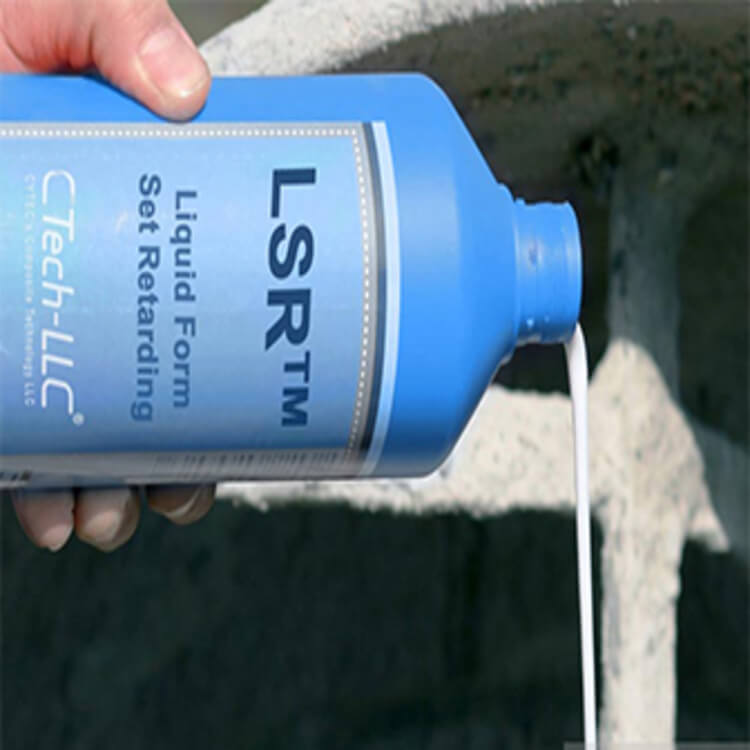

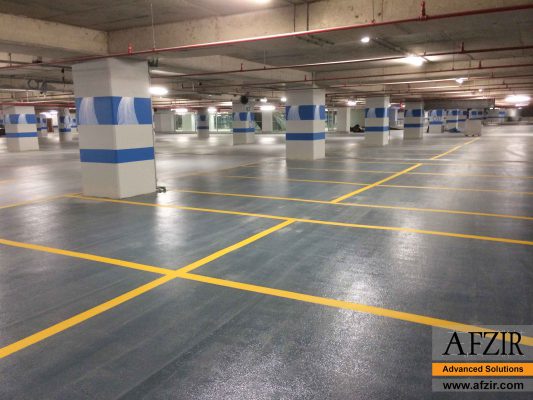






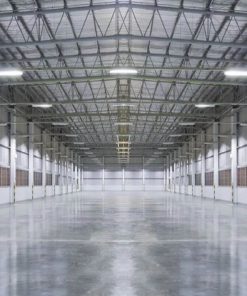


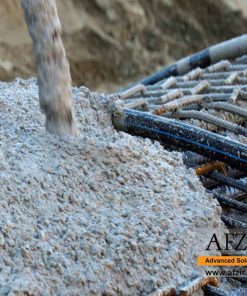


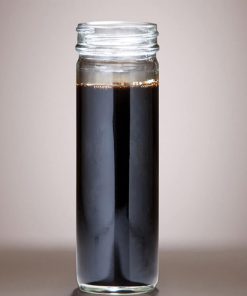

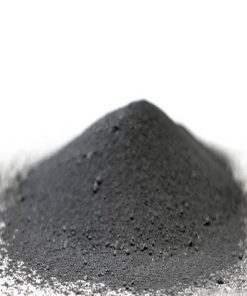
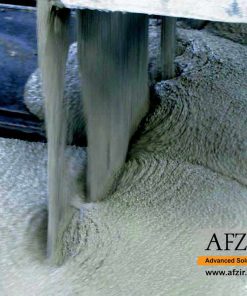

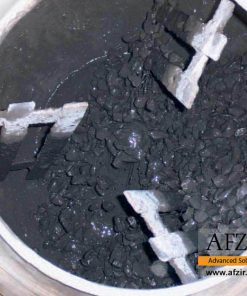

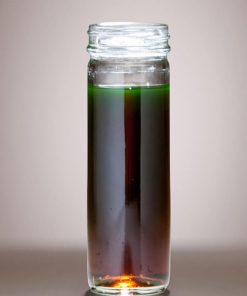
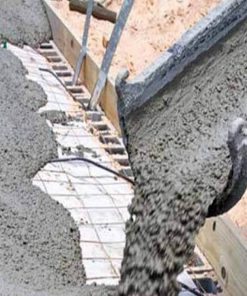

Be the first to review “Liquid Form Set Retarding”